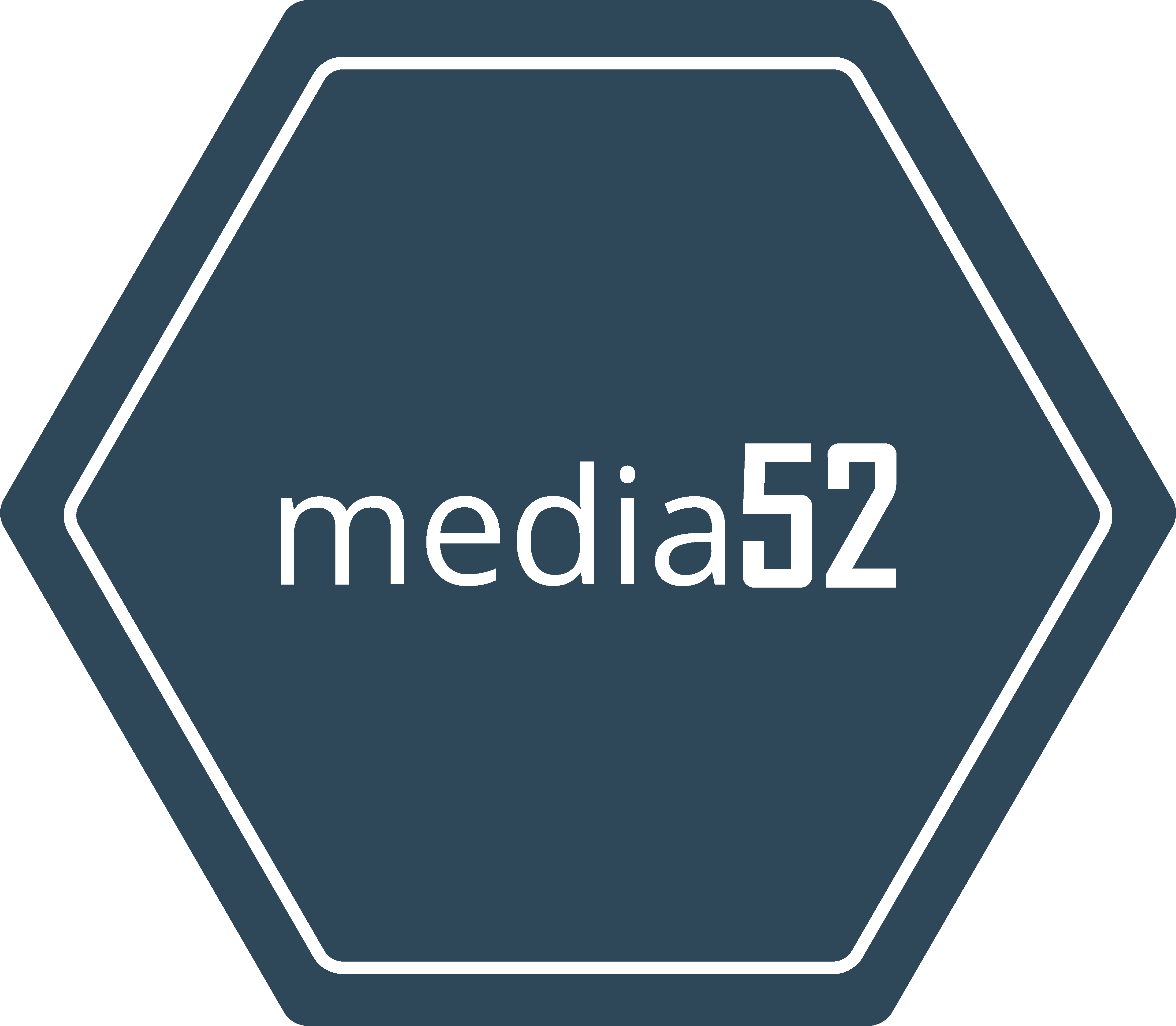Dutch Government Investigates Direct Subsidy Conversion for Energy Investment

The Hague, Friday, 4 July 2025.
The Dutch cabinet is exploring shifting the Energy Investment Deduction (EIA) to direct subsidies aiming to foster sustainable innovations, with insights expected by summer recess 2025.
Transitioning to a Direct Subsidy Model
The Dutch government’s current investigation focuses on converting the Energy Investment Deduction (EIA) into a direct subsidy framework. This initiative is led by State Secretary Van Oostenbruggen, following a motion from member of parliament Van Eijk (VVD). The potential shift aims to streamline support for companies investing in energy-saving technologies and facilitate market adoption of innovative products that are more energy-efficient than conventional alternatives. Such a transition could also simplify the application process, especially for small and medium-sized enterprises (SMEs), by removing complex fiscal deductions in favor of straightforward subsidies [1].
Impact of Current Fiscal Systems
The existing fiscal tools, namely the WBSO and the innovation box, have shown considerable success in cultivating research and development within the Netherlands. A recent evaluation highlights that for every euro forfeited through the WBSO, there is a resultant 0.81 euro increase in R&D spending. Similarly, the innovation box yields around 0.58 euros in additional R&D expenditure per euro of tax revenue forgone. This underscores the potential positive economic impact of tax-based support systems on the innovation landscape [1]. However, transitioning to direct subsidies could provide more immediate financial relief while reducing administrative complexities [1].
Supporting Sustainable Innovations
The proposed change comes amid a broader commitment to propel sustainable innovations, which include the EIA and MIA, both instrumental in reducing energy consumption and promoting environmentally friendly practices. Notably, the EIA targets energy efficiency improvements, with past initiatives leading to an annual savings range of 2.6 to 6.7 petajoules. The MIA, on the other hand, pushes for investments that achieve significant environmental gains, cumulatively directing billions in additional environmental investments annually [1][3]. By moving towards direct subsidies, the Dutch government hopes to enhance these impacts further.
Anticipated Outcomes and Future Steps
Despite the cabinet’s interim status, the direction of these potential changes rests with the next government, as indicated by State Secretary Van Oostenbruggen. The results of the study expected by the summer recess could provide critical insights into the feasibility and effectiveness of direct subsidies compared to the existing tax-based approaches [1]. As the government deliberates on these changes, the financial allocation for the EIA in 2025 amounts to €431 million, with further expansion anticipated in subsequent years to bolster renewable energy efforts [3][5].

